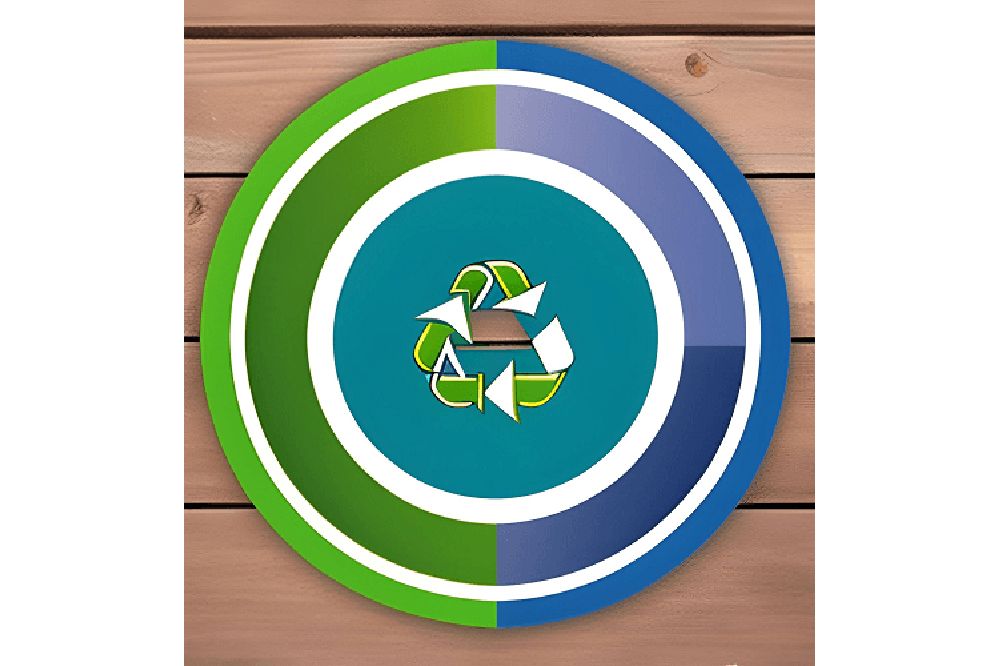Net Zero: The consumer angle
| ECube India | 5 Min Read

"Don’t find customers for your product. Find products for your customers.” - Seth Godin
Mission LiFE (Lifestyle For Environment) launched by the government during COP26 rightly brings individual behaviours to the forefront of the global climate action narrative.
With a vision to replace the “use-and-dispose” economy with a circular economy, the initiative focuses on individual behaviours and leveraging local cultures.
Mission LiFE leverages the deep emphasis Indian culture has historically placed on nature and living in balance. The first phase focuses on changing demand, by nudging individuals across the world to practice environment-friendly actions in their daily lives. But driving behavioural change is a complex and multi-dimensional problem. Multiple interventions will be needed, including:
Awareness Creation
Only when consumers are aware of sustainable alternatives will they exercise their choice in selecting greener products. We have enough sustainable alternatives in the market for most consumers to get started on their journey. The role of advertisers, the media, social media influencers and non-profits tracking new product development will be key in allowing consumers to make informed choices.
It is also important that consumer education begins at a young age, with the values we inculcate in school children, the citizens of the future. Mahindra’s latest campaign, #TogetherWeRise, perfectly summarizes this when it says “Citizens of the future will show the way to Businesses of the Future”.
Legislation
Behavioural change can be nudged by legislation that creates a conducive environment that empowers consumers. The recent ban on Single-Use Plastic and the EPR Guidelines of 2022 are examples of how legislation can get the conversation started for consumers and industries.
With the introduction of regulatory mandates to recycle plastic, brands are now much more conscious about their use of packaging material. This has started the transition away from plastic packaging and spurred innovation in alternate packaging materials.
Incentivization
Incentives can help to accelerate the adoption of sustainable products by consumers. The subsidies introduced by various State governments for the purchase of Electric Vehicles (EVs) is a great example.
Over the years, we have seen an accelerated EV adoption curve, especially in the two-wheeler EV segment. By reducing the cost of entry, the State governments have incentivised consumers to make the greener choice.
Labelling
Labels and certifications have emerged as useful ways for consumers to understand the actual impact of the products that they are patronising. Food labelling, for instance, has been successful in reducing dietary intake of sodium and artificial trans-fat. Carbon labels can similarly nudge businesses to disclose their performance and meet consumer expectations.
Consumer goods major Unilever has launched an initiative to introduce carbon footprint labels for all its 70,000 plus products. Empowering consumers with information can be the tipping point for the adoption of low carbon products.
Looking Ahead
As consumers increasingly demand green products, “greenwashing” by companies has increased.
Big brands from H&M to Coca-Cola have faced questions and had to deal with criticism over sustainability claims that they have made.
The UK Advertising Standards Authority has called out advertisements by RyanAir and Shell in the recent past for misleading sustainability claims.
In the US, the United Airlines’ customer carbon offset program drew flak from consumers, leading the airline to discontinue the use of carbon offsets in its emission reduction strategy.
Similar vigilance on the part of the Advertising Standards Council of India (ASCI) and informed consumers would be required in India.
The media, with due support from non-profits and activists, can also play a role in naming and shaming errant companies.
While there is no one size fits all solution for the complex challenges we face, evolving consumer behaviour has the potential to accelerate our Net Zero transformation.
Taking the first step is always the hardest due to inertia, but once enough consumers get on board, it will pave the path for the rest of the market.